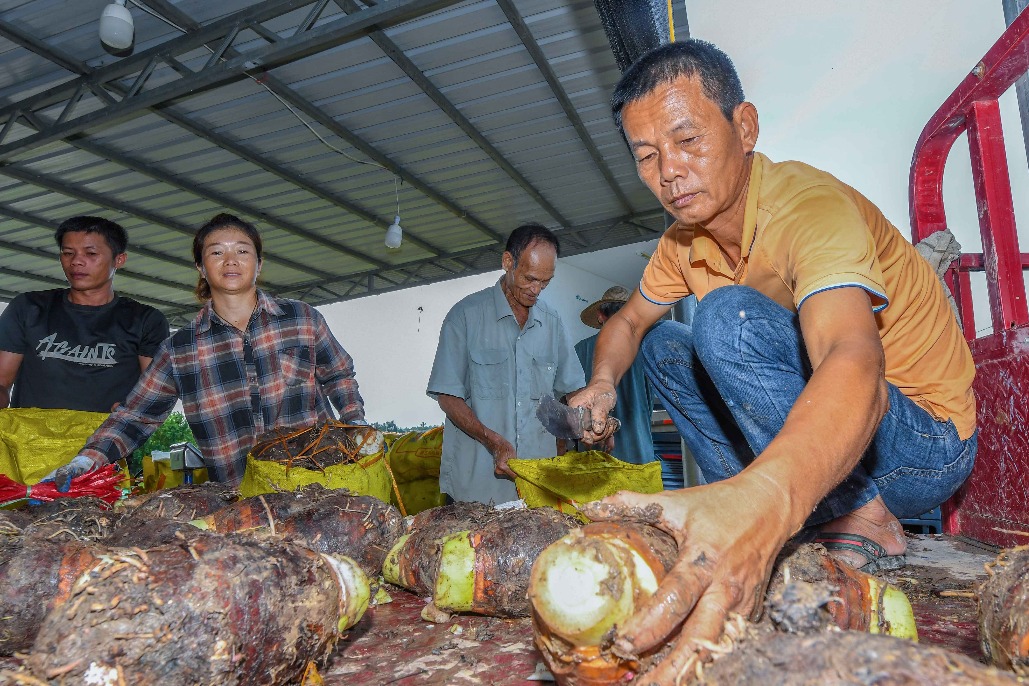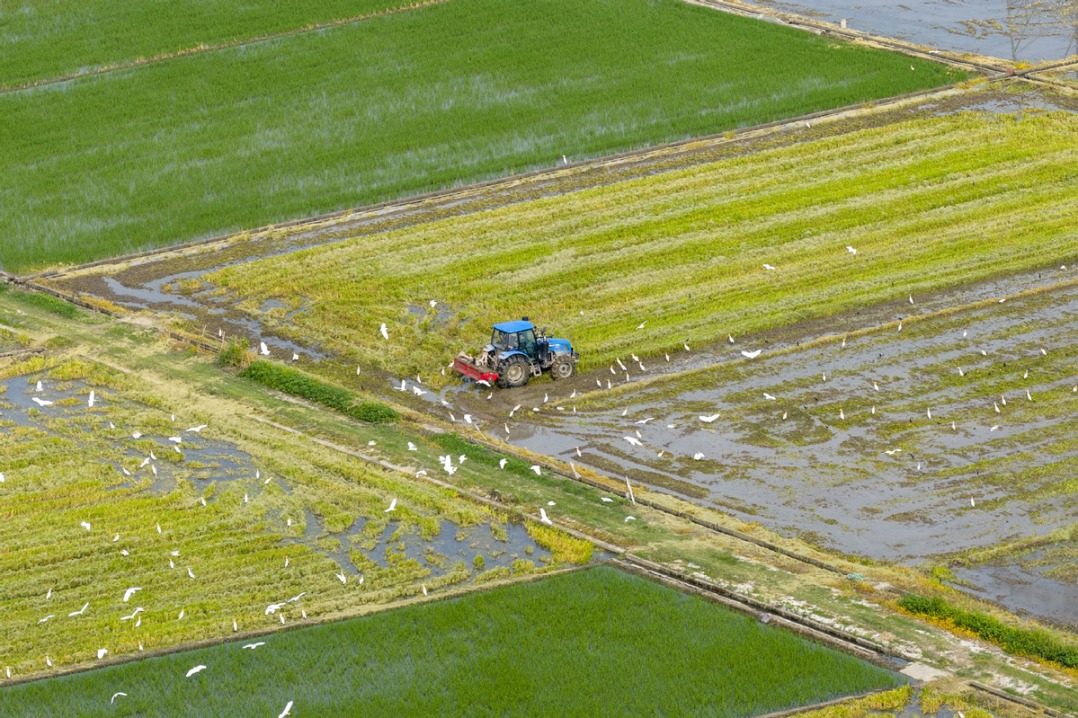Last Tianlian I satellite placed in orbit


Network used to relay signals between spacecraft and ground control stations
China launched the last satellite in its Tianlian I relay spacecraft series late on Tuesday night, which also marked the finale of the country's DFH-3 satellite platform.
A Long March 3C carrier rocket blasted off from the Xichang Satellite Launch Center in Sichuan province at 11:52 pm and then placed the Tianlian I-05 satellite into a geostationary orbit, said China Aerospace Science and Technology Corp, the country's leading space contractor.
The State-owned conglomerate said in a statement that the satellite was the fifth and last member of the Tianlian I fleet, the nation's first-generation data relay spacecraft.
It is expected to work for at least seven years. Its service will improve the country's capability to relay signals between satellites and ground control, it said.
Tianlian I-05 is the last spacecraft developed on the DFH-3 satellite platform, which was designed in the mid-1980s. The first DFH-3-based satellite was launched in September 1994 and 40 others have followed, including many in China's Beidou Navigation Satellite System.
China began to establish its space-based data relay system in April 2008 when the first satellite in the Tianlian I series was launched from Xichang. Tianlian I-01 is still operating, having significantly outlived its designed life span.
In July 2012, China became the second country, after the United States, to possess non-stop relay capability for its space-based infrastructure after Tianlian I-03 was deployed into space to join its two predecessors to form a basic system with global coverage.
In March 2019, China launched Tianlian II-01, its first second-generation data relay satellite.
- Nation's health outcomes gain recognition
- Sichuan's ethnic festival attracts thousands of tourists
- SCO Digital Economy University Alliance launched
- Experience from a first-person perspective a sniper shooting from a boat
- Humble root crop becomes vital industry in Haikou village
- Sniper showdown on water: Realistic battlefield simulation





































